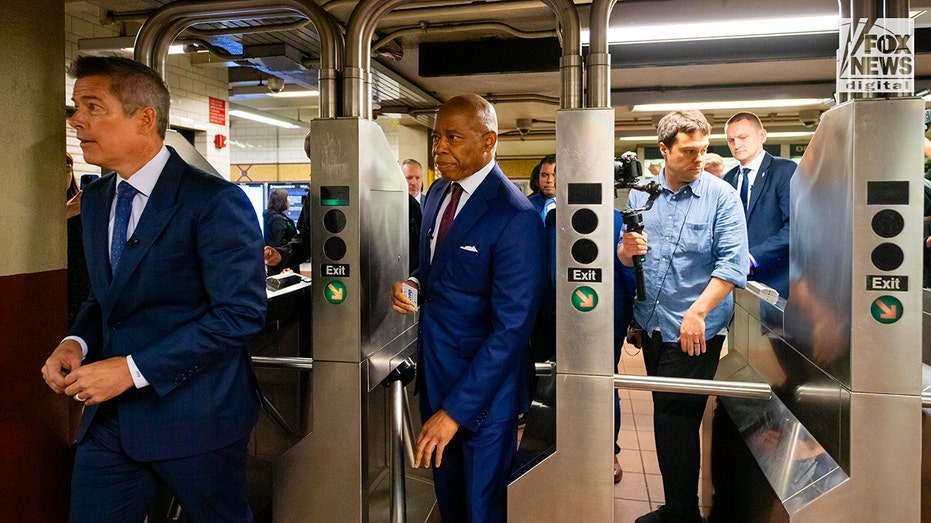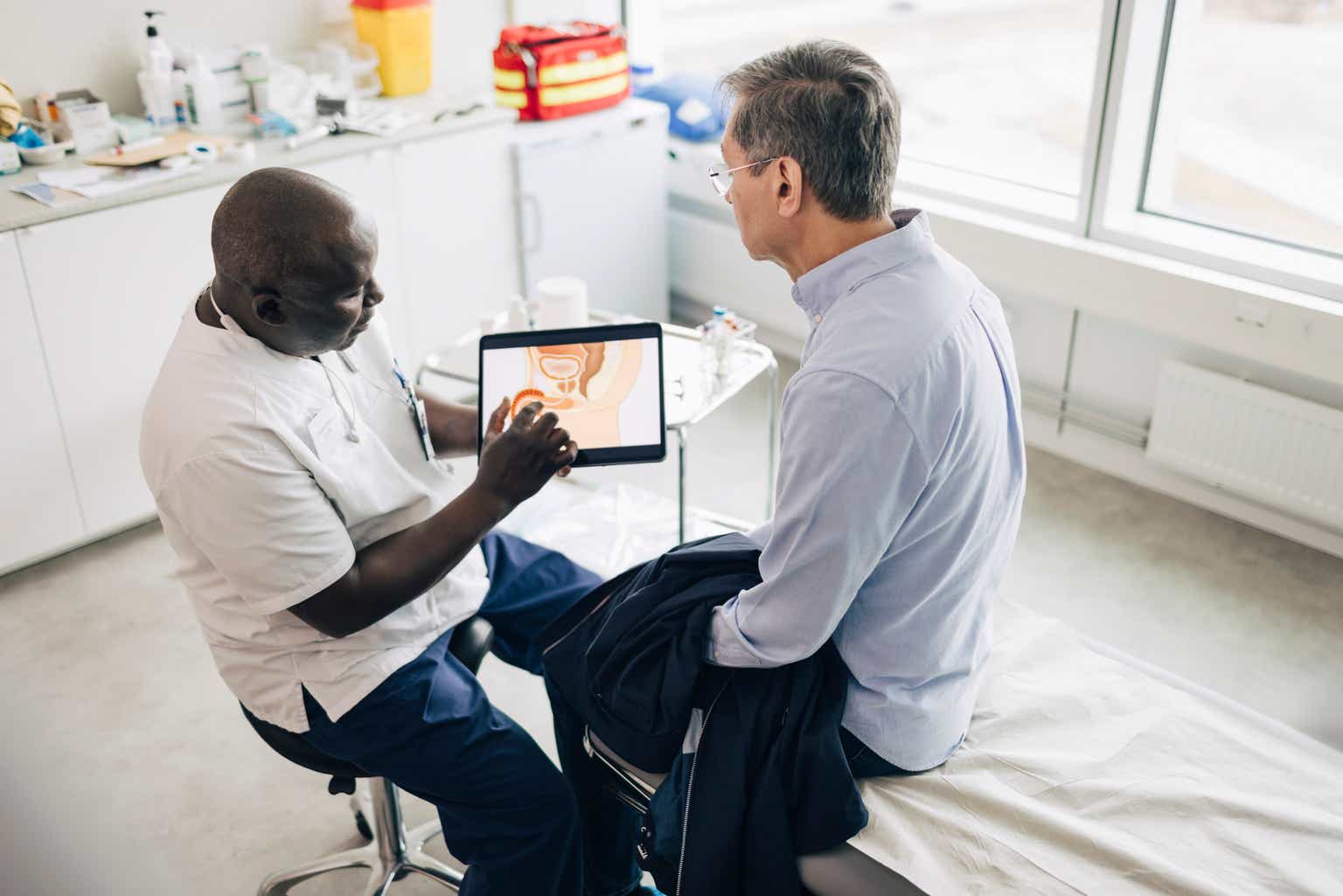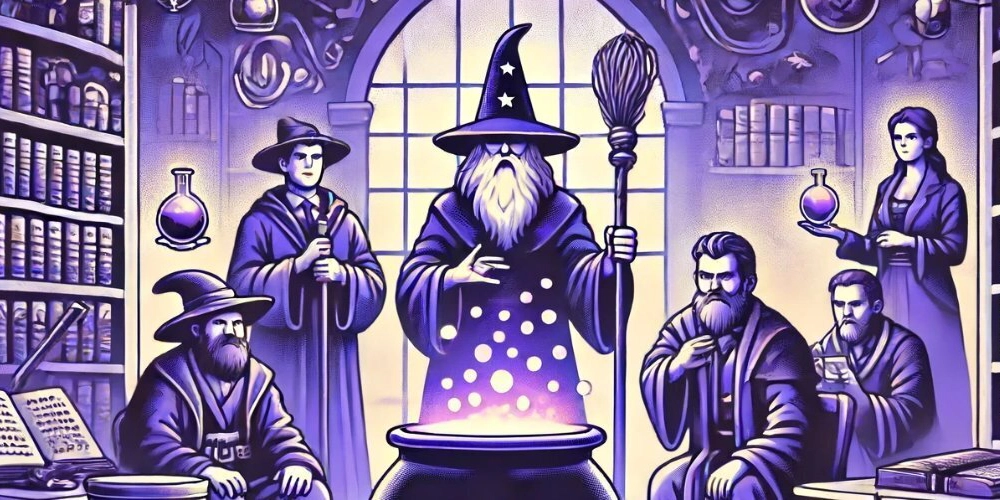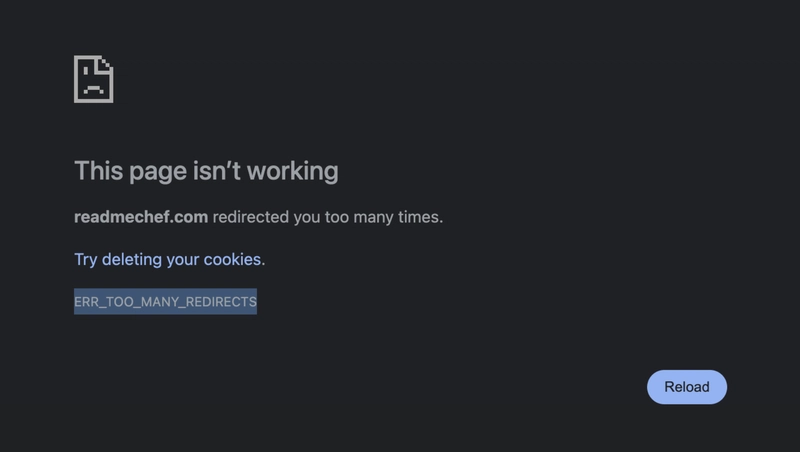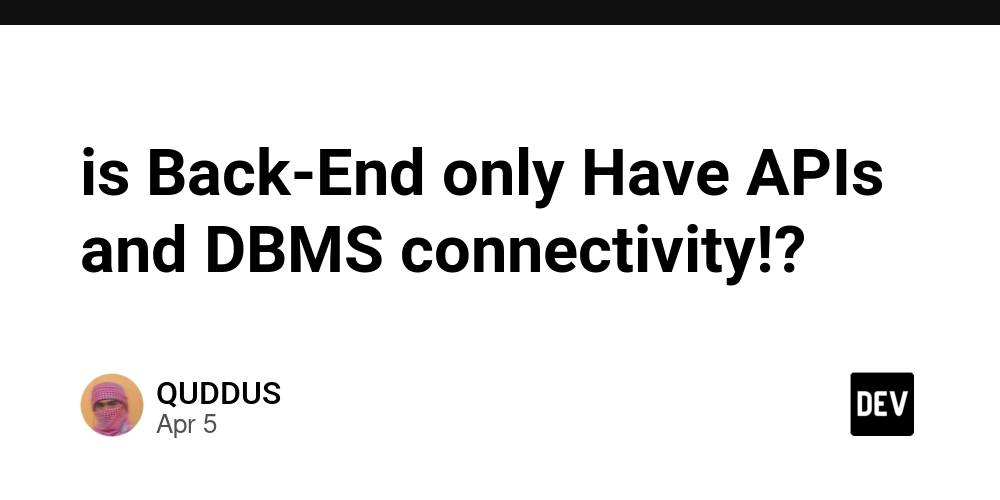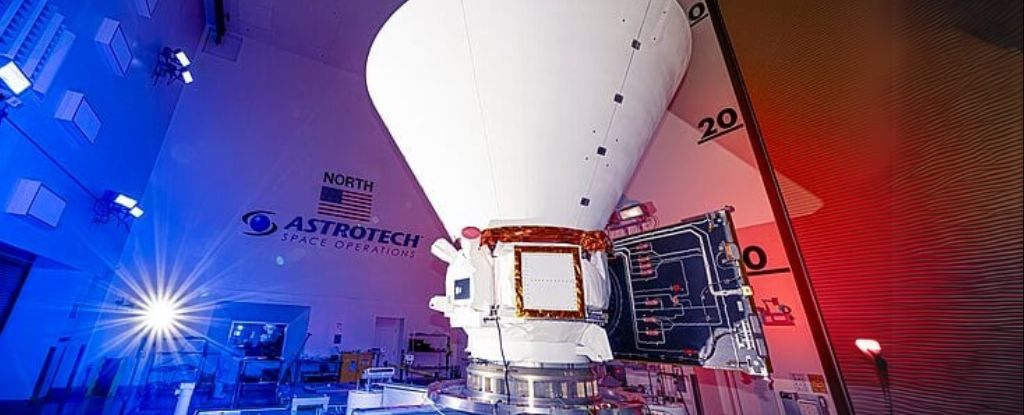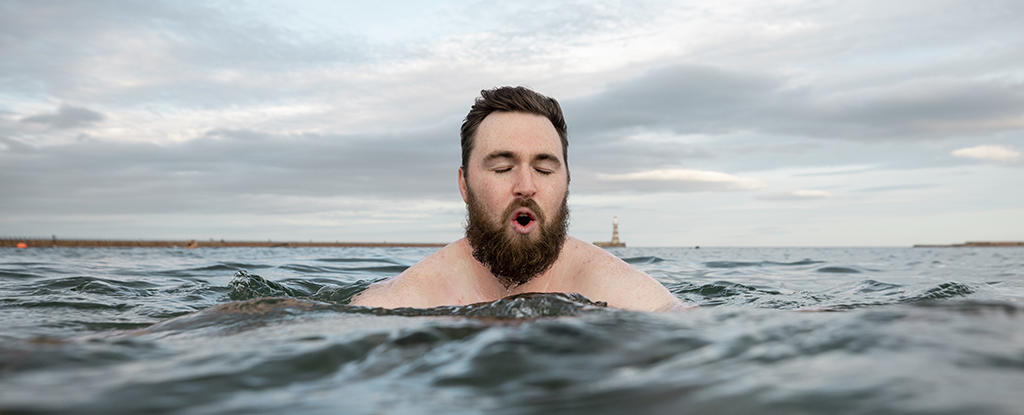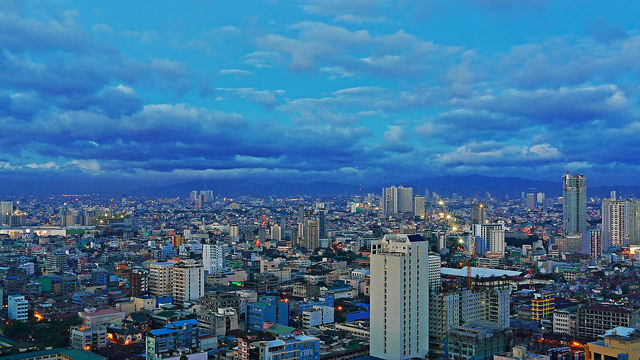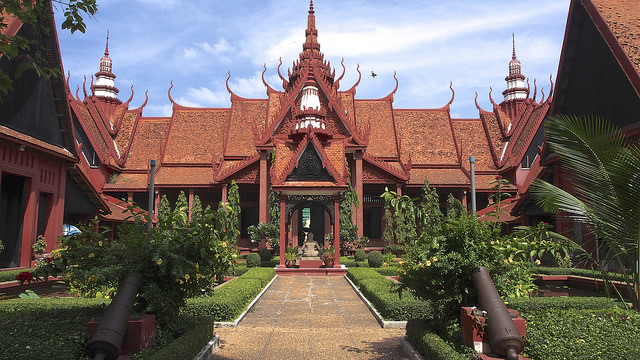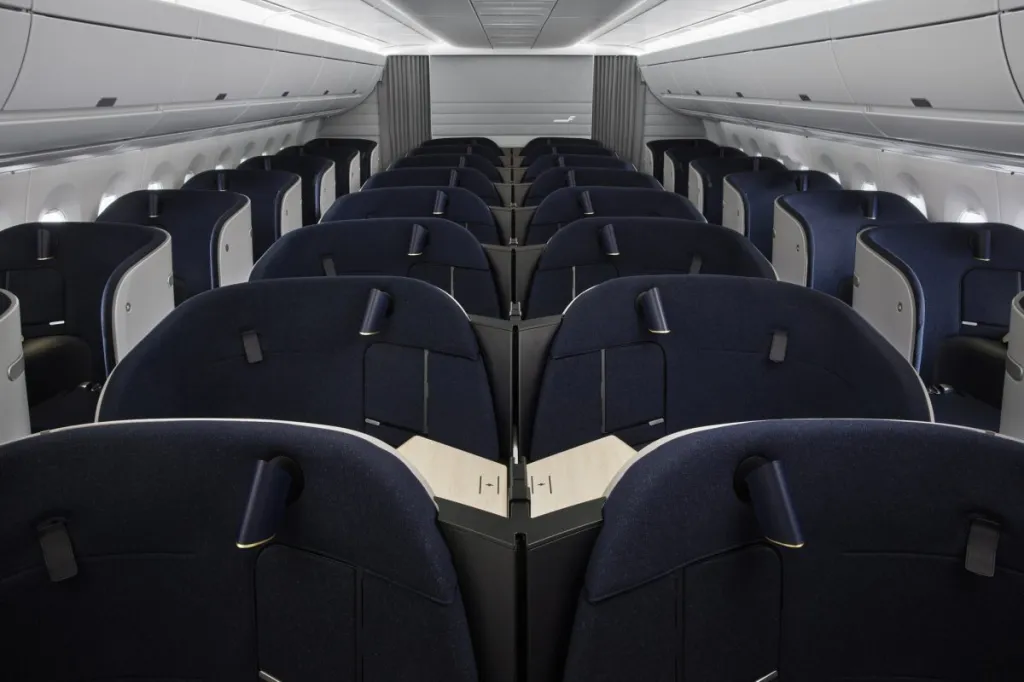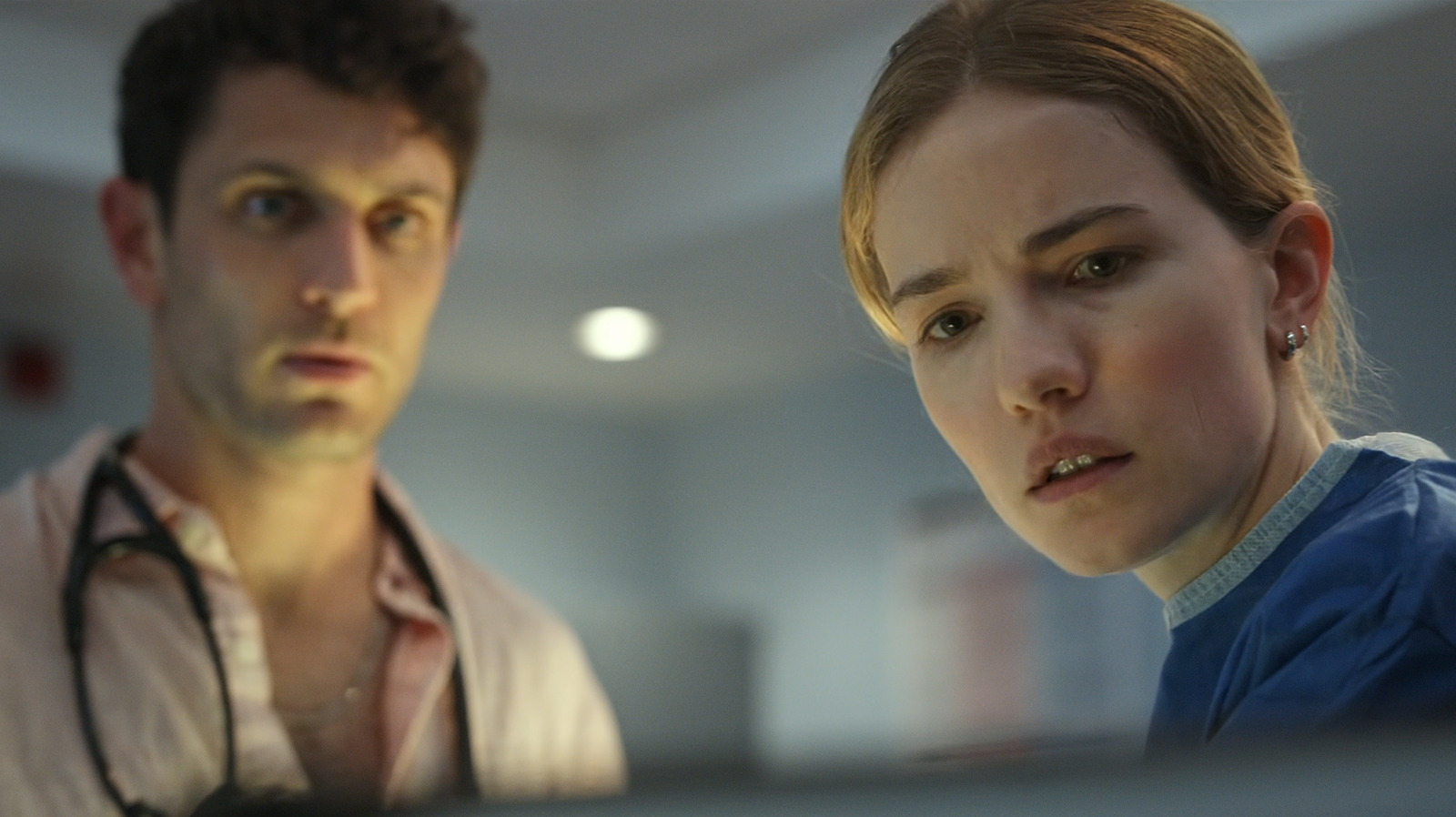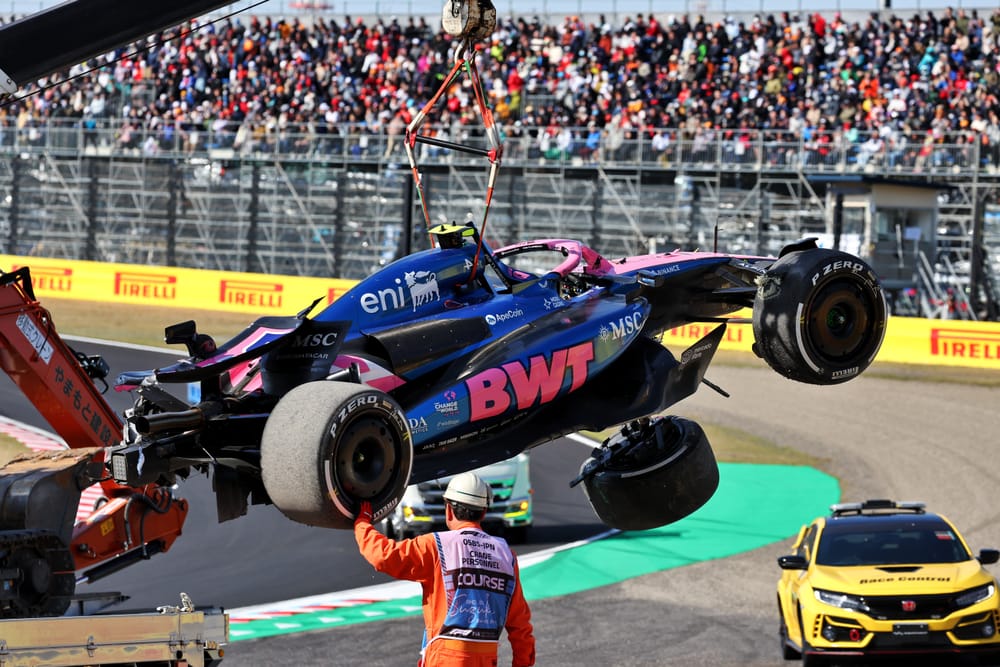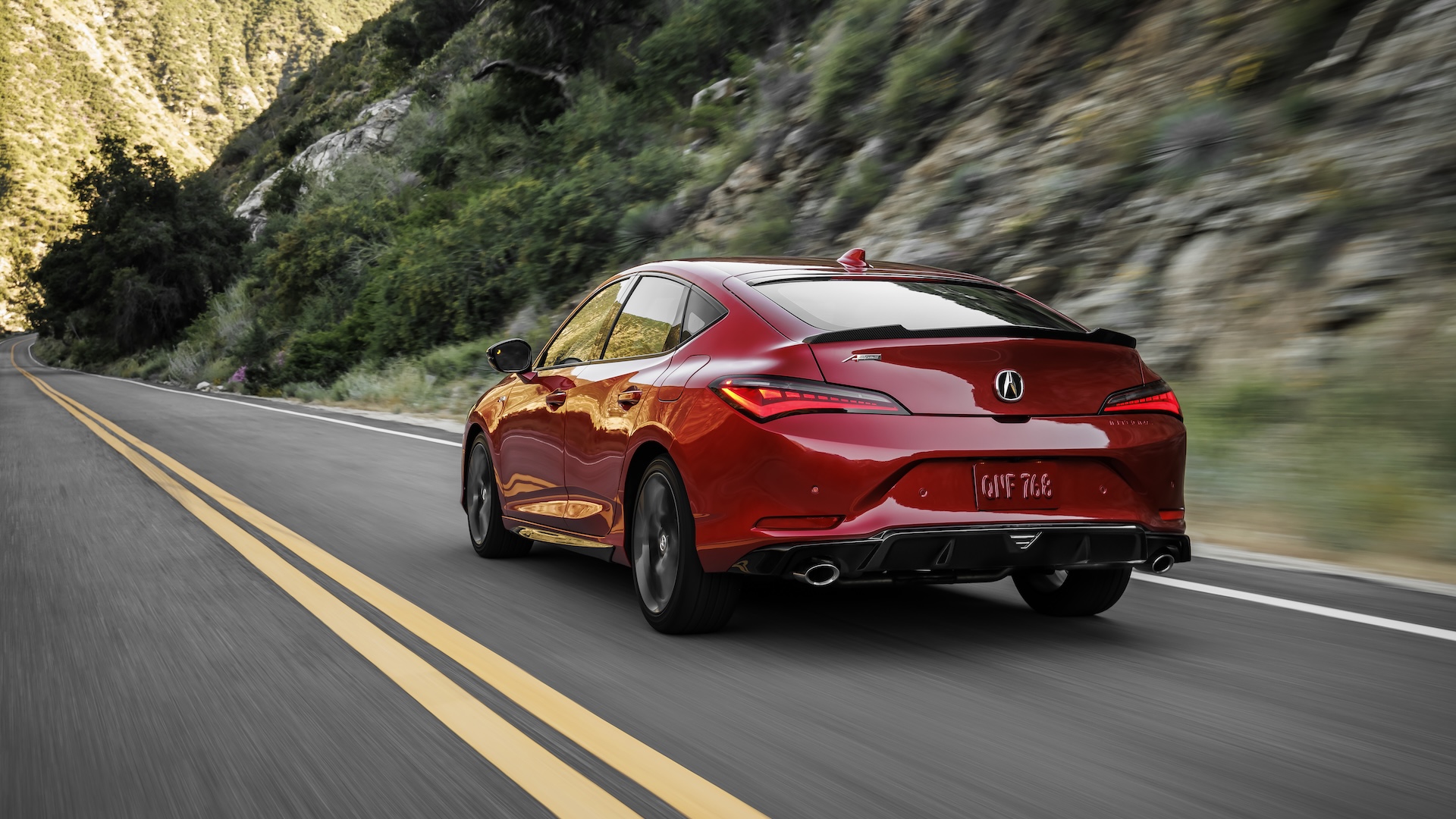F1 drivers ask FIA for DRS change after scary Suzuka shunt
Formula 1 drivers have asked the FIA to see if there are better ways to automatically disable DRS in the wake of Jack Doohan’s huge accident in Japanese Grand Prix practice
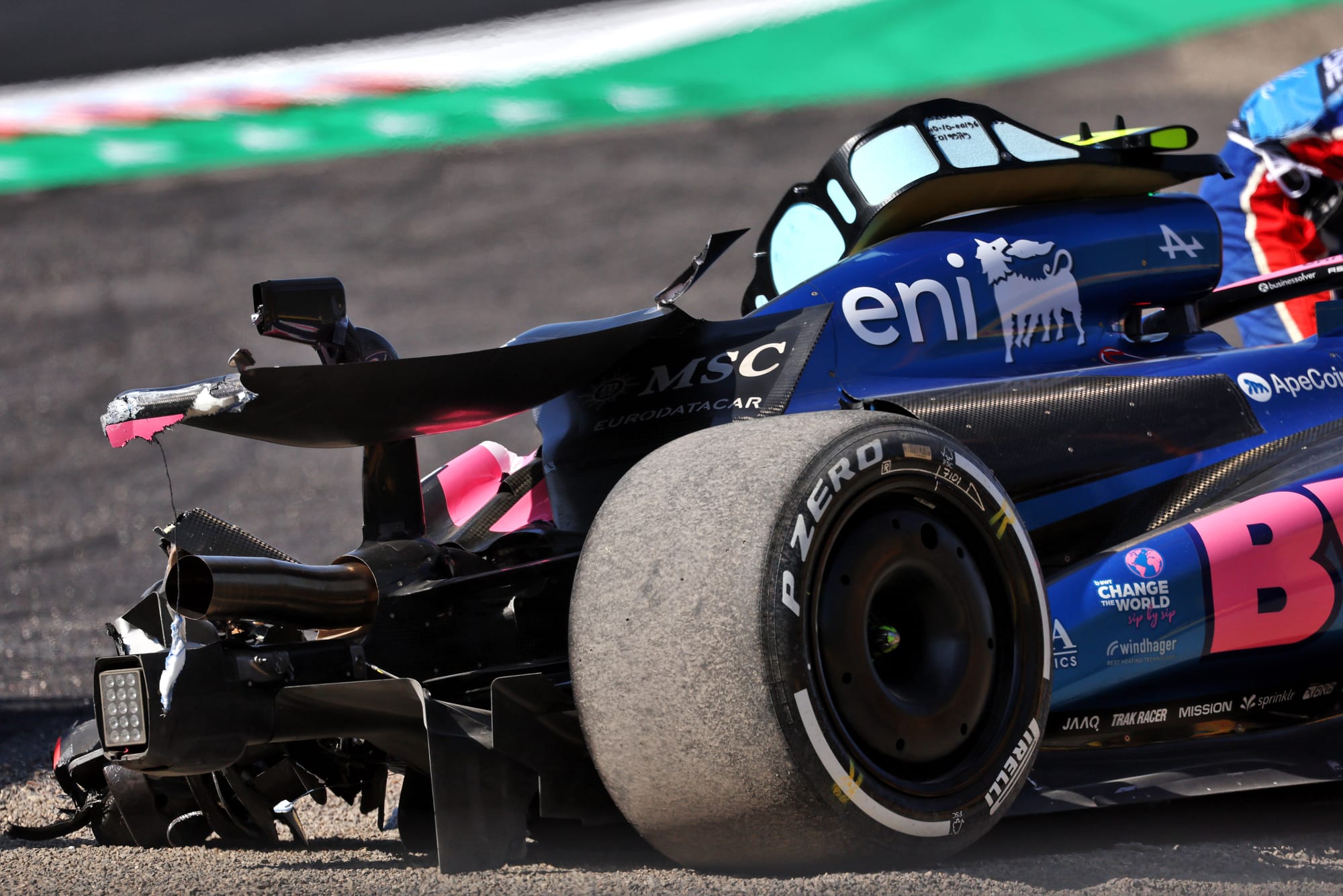

Formula 1 drivers have asked the FIA to see if there are better ways to automatically disable DRS in the wake of Jack Doohan’s huge accident in Japanese Grand Prix practice.
Alpine driver Doohan suffered a 190mph crash into the barriers at Turn 1 during Friday afternoon’s second free practice session at Suzuka.
The incident was caused after Doohan’s DRS was not closed as he attacked the first segment of the corner.
With the rear wing flap open, Doohan had much less downforce at the back of his car and this pitched him into a spin as soon as he turned in.
While Alpine has blamed the crash on a “misjudgement” by Doohan in not closing the DRS into Turn 1, the situation appears to be slightly more complicated as there are other means by which the DRS should be closed without the driver needing to hit a button.
As part of a range of safety measures introduced by the FIA to ensure that the DRS cannot remain open through corners, it is understood that there are two other elements in place to help avoid incidents.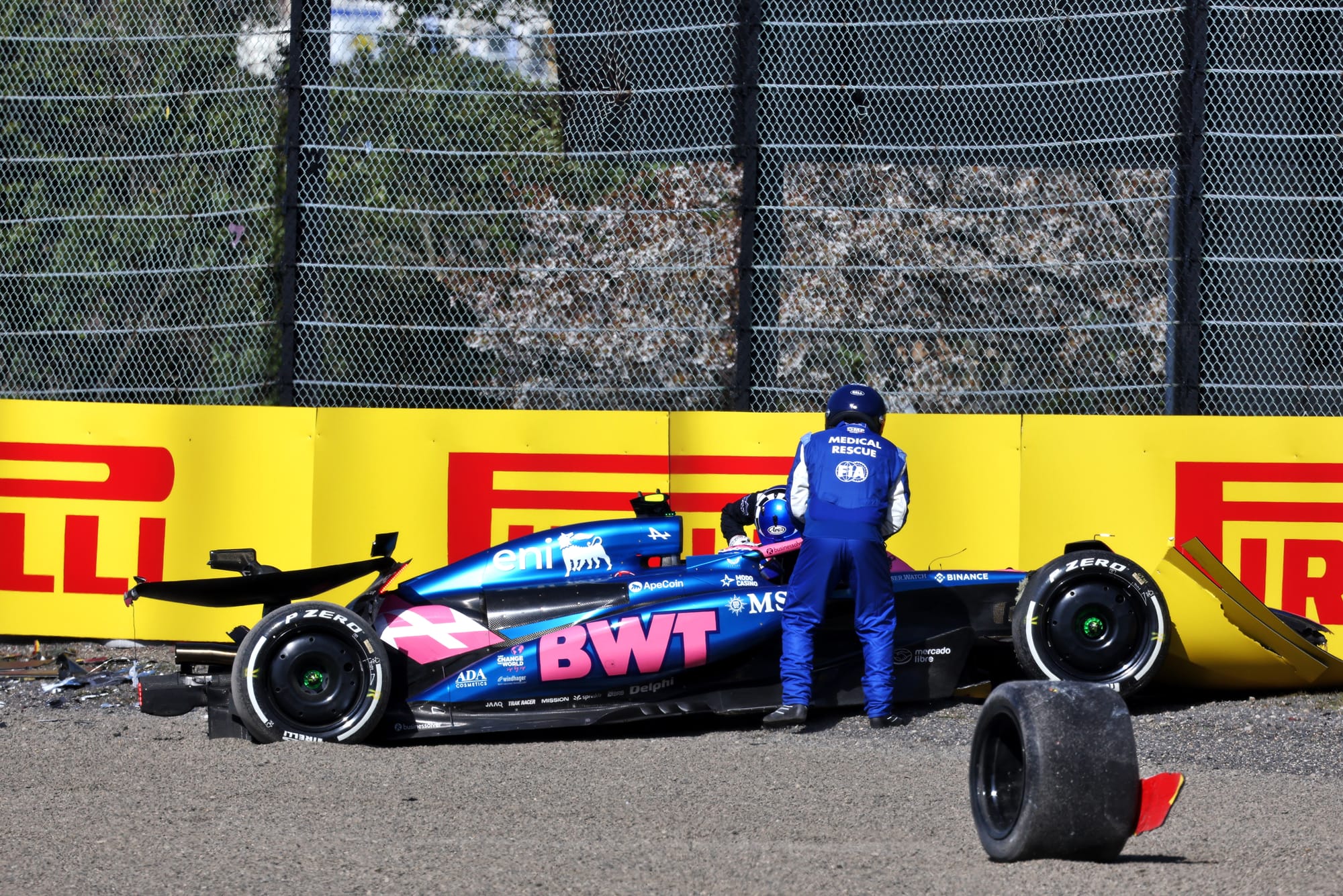
The first, which is laid down in the regulations, is that the DRS flap must close as soon as the driver hits the brake.
F1’s Sporting Regulations state: “The system will be disabled by the control electronics the first time the driver uses the brakes after he has activated the system.”
There is also a requirement from the FIA that the DRS is closed if the driver comes off the throttle by a certain amount.
However, the sensitivity of both of these aspects is down to the teams – as they can tweak the variability based on the track layout and where the DRS zones interact with the type of corners that follow.
Teams can choose how much brake pressure is necessary before the DRS gets closed.
In terms of lifting the accelerator pedal, it is understood that the FIA only demands that the DRS closes when a driver has reduced the throttle by 20% or more.
It is up to teams to decide if they choose to make the system more sensitive so the DRS closes at a higher throttle level than 80%.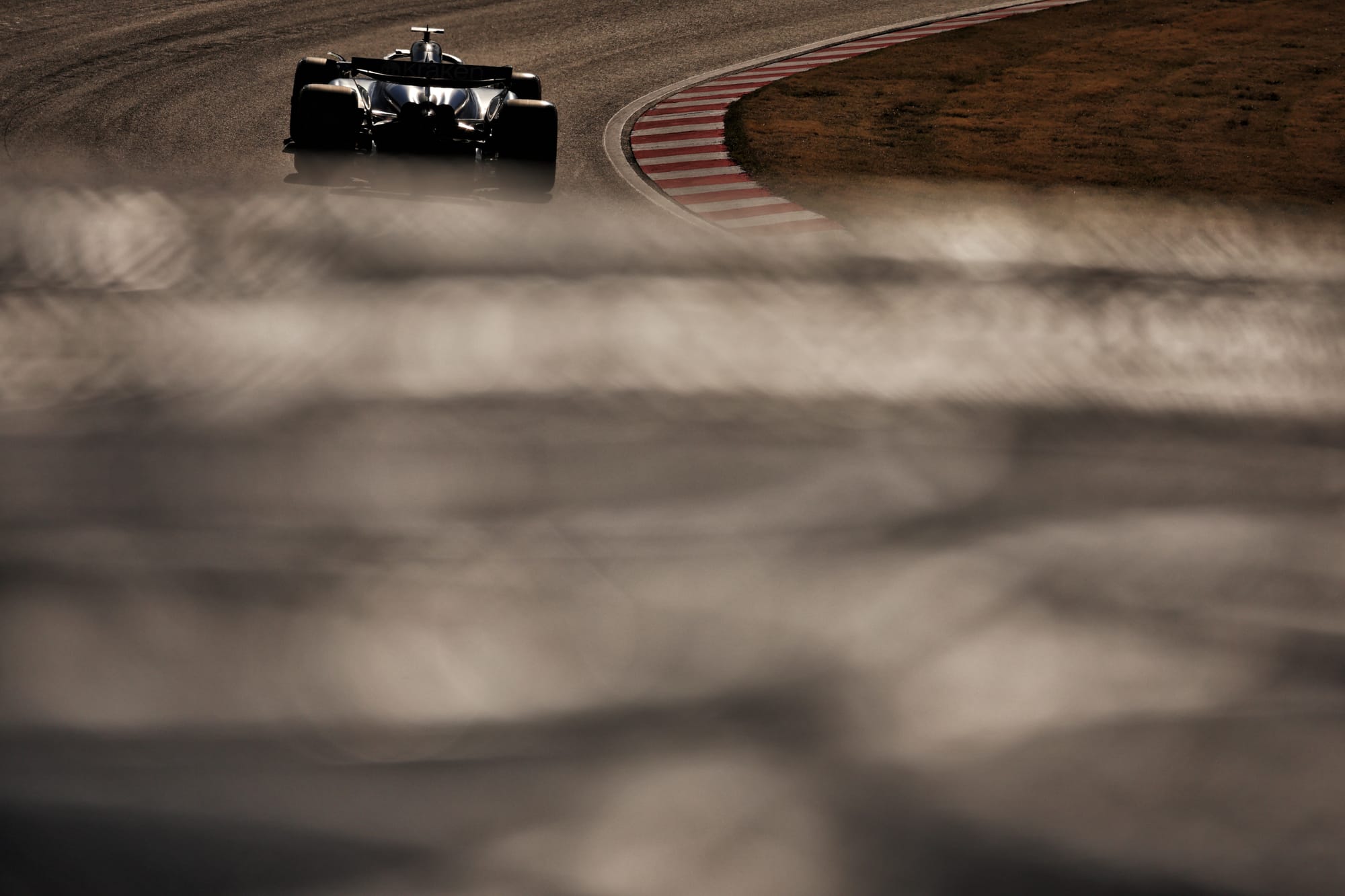
The above settings are good enough to cover almost every circumstance on the calendar but Suzuka is pretty much unique in having a near flat-out corner after a DRS zone – so requires a different approach to ensure the flap is closed.
Silverstone’s opening sweeps had a similar configuration in the past but, after problems at the 2018 British GP, the DRS zone along the start-finish straight was removed by the FIA.
There are other corners on the calendar where drivers are sometimes requested to close the DRS before the braking zone to ensure the airflow has fully reattached to the rear wing before they turn.
With Doohan’s accident highlighting how quickly things can go wrong if the DRS has not closed when drivers expect it, The Race has learned that the matter came up in Friday night’s drivers’ briefing at the Japanese GP.
As part of the discussions on the matter, it is understood that a number of drivers asked F1 race director Rui Marques if there was a way to have DRS automatically disabled on the entry to corners as a final fail-safe.
One idea suggested was for this to be done via GPS, so a signal could be sent to cars to have the DRS close if they were entering a certain section of the track.
Achieving such a safety-critical system that did not suffer any glitches would be quite complicated though, but the FIA has agreed to look into the matter and see what can be done.
Alpine has repaired Doohan’s car overnight and he is set to be back out on track for final free practice.
